Key Ingredients in Authentic Luxembourgish Cooking
10 min read Explore the essential ingredients that define authentic Luxembourgish cuisine and its rich culinary heritage. July 01, 2025 15:05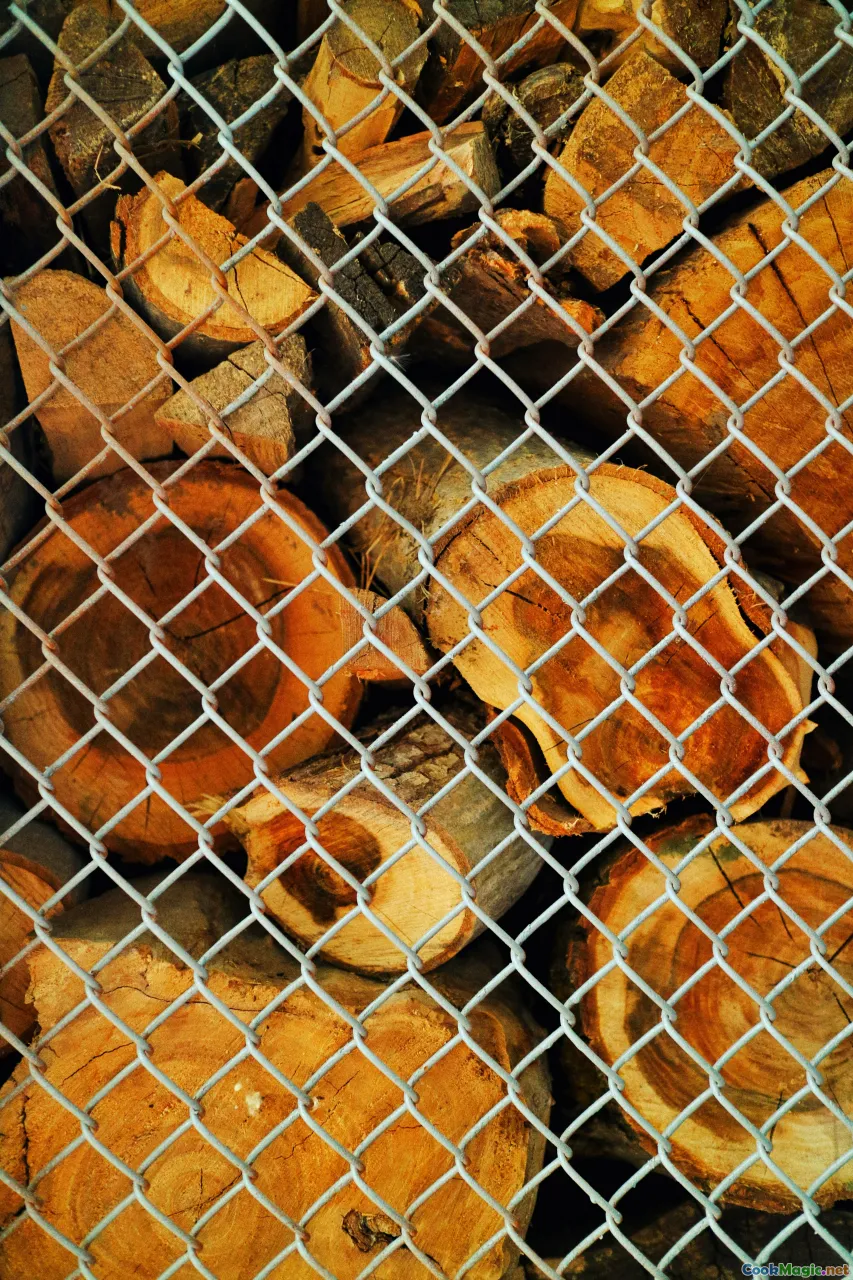
Key Ingredients in Authentic Luxembourgish Cooking
Luxembourgish cuisine is a warm reflection of the country’s rich history, geographical crossroads, and the hearty spirit of its people. Tucked away in the heart of Europe, Luxembourg delights with dishes that blend French sophistication, German robustness, and Belgian charm. But at the core of this culinary mosaic lie key ingredients—each whispering stories of tradition, resilience, and flavor.
Understanding these ingredients is like unlocking a secret language—each one essential, each with a unique flavor profile that transforms simple elements into soulful dishes. Join me as we explore the essential ingredients that define authentic Luxembourgish cooking—and discover how they come together in iconic dishes, evoke memories, and carry the whispers of centuries past.
The Prized Potatoes: Foundations of Hearth and Home
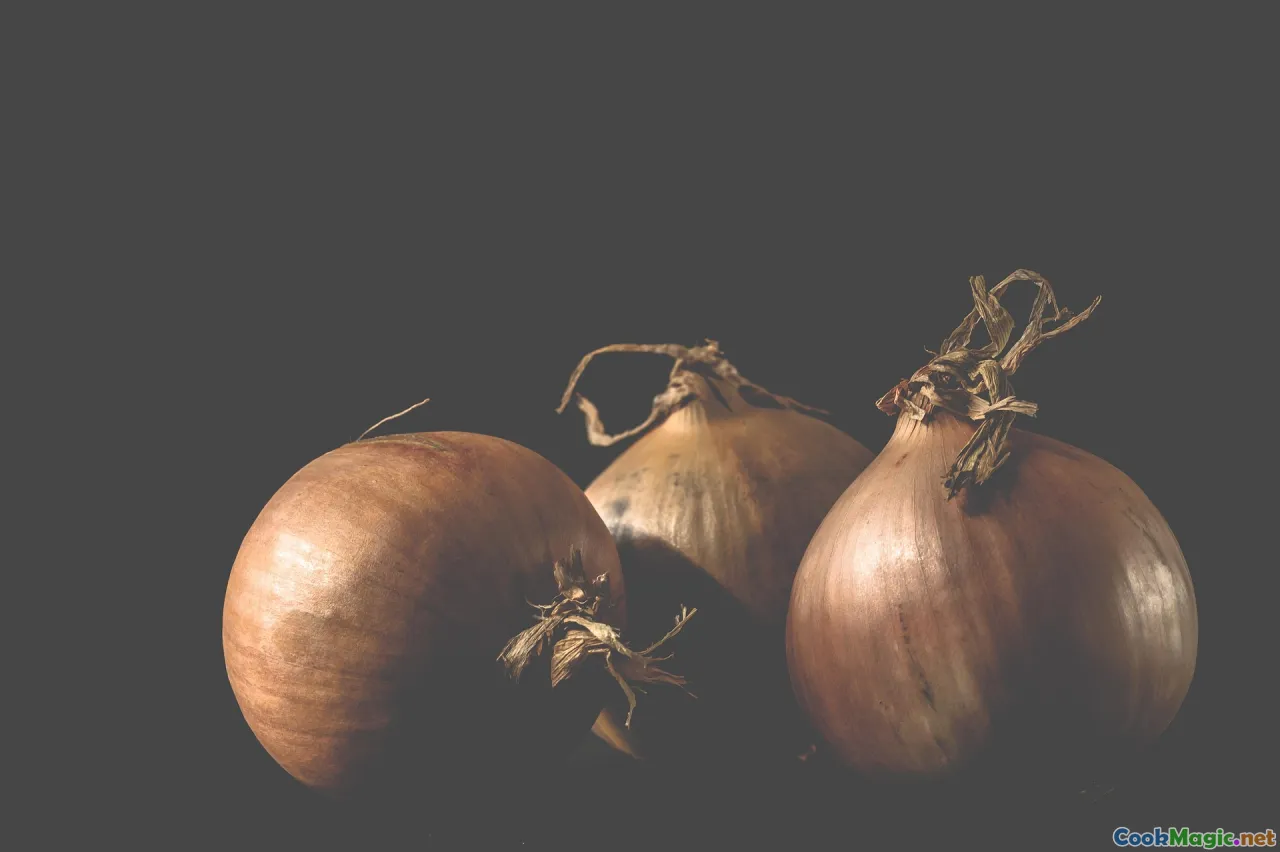
Luxembourg’s landscape, dotted with fertile plains and rolling hills, provides an abundance of earth’s most humble treasure: potatoes. They are the backbone of many traditional dishes—versatile, filling, and comforting. Luxembourgers have cultivated and cherished potatoes since the 18th century, infusing them with local flavors and clever techniques.
In classic dishes like Judd mat Gaardebounen — a smoky pork collar served with broad beans and potatoes—you see potatoes in their most versatile light. Their starchy, pillowy texture nabs up savory broths and uplifted stews. When prepared simply—boiled, mashed, or roasted—the aroma of butter-smothered potatoes mingles with the scent of simmering meats, promising comfort and tradition.
Personal tip: For an authentic Luxembourgish twist, try grating raw potatoes to make rustic hash browns with a touch of nutmeg—thoroughly Luxembourgian in its hearty simplicity.
The Land’s Vegetation: The Role of Legumes and Root Vegetables
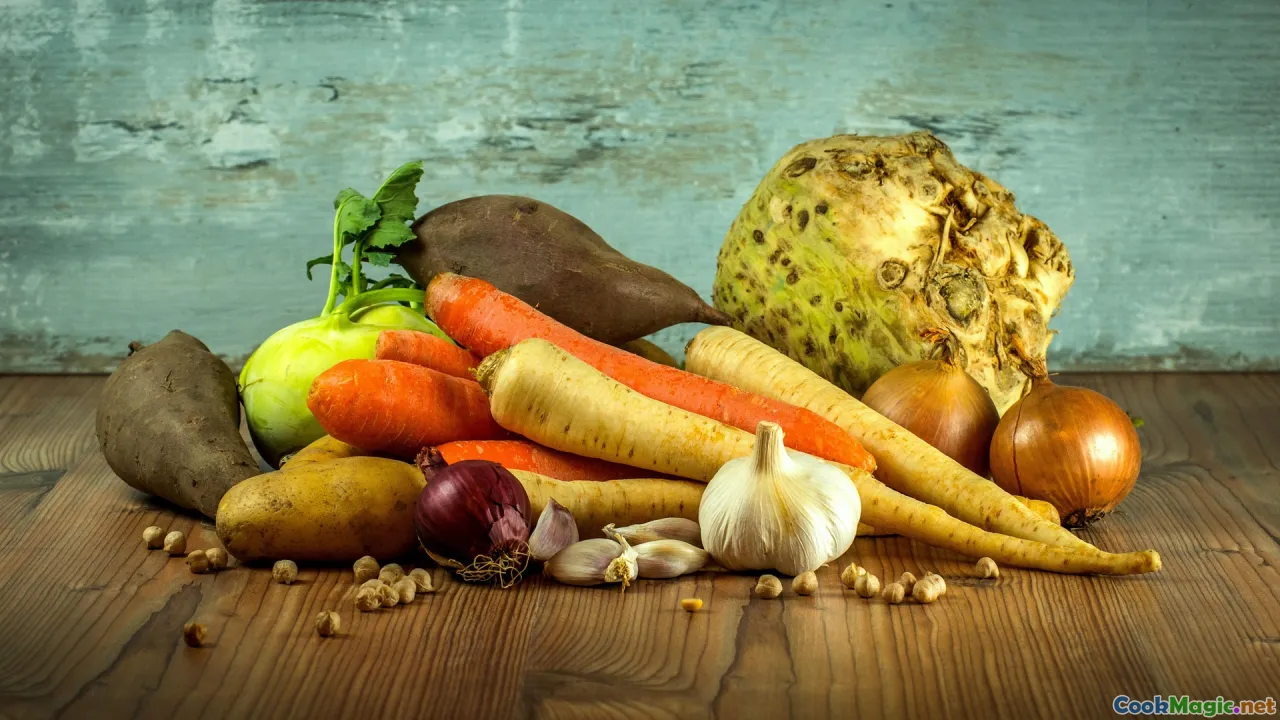
Beyond potatoes, Luxembourgish markets overflow with fresh, seasonal vegetables, particularly broad beans (fava beans), carrots, and turnips. Broad beans are integral to traditional dishes such as Kniddelen—potato dumplings often served with a generous spoon of fresh beans or spinach. Their earthiness grounds the soft dumplings, making each bite a savory reminder of community harvests.
Root vegetables, especially carrots and parsnips, are roasted or stewed down with meats or simmered into thick, soulful soups. Their sugars deepen during slow cooking, filling the kitchen with sweet, caramelized aromas that evoke cozy rural kitchens.
Put simply: Luxembourgish cuisine rebels against seasonality only minimally—these vegetables, with their rich textures and flavors, are emblematic of the land’s bounty.
The Luxurious Dairy: Butter and Cheese
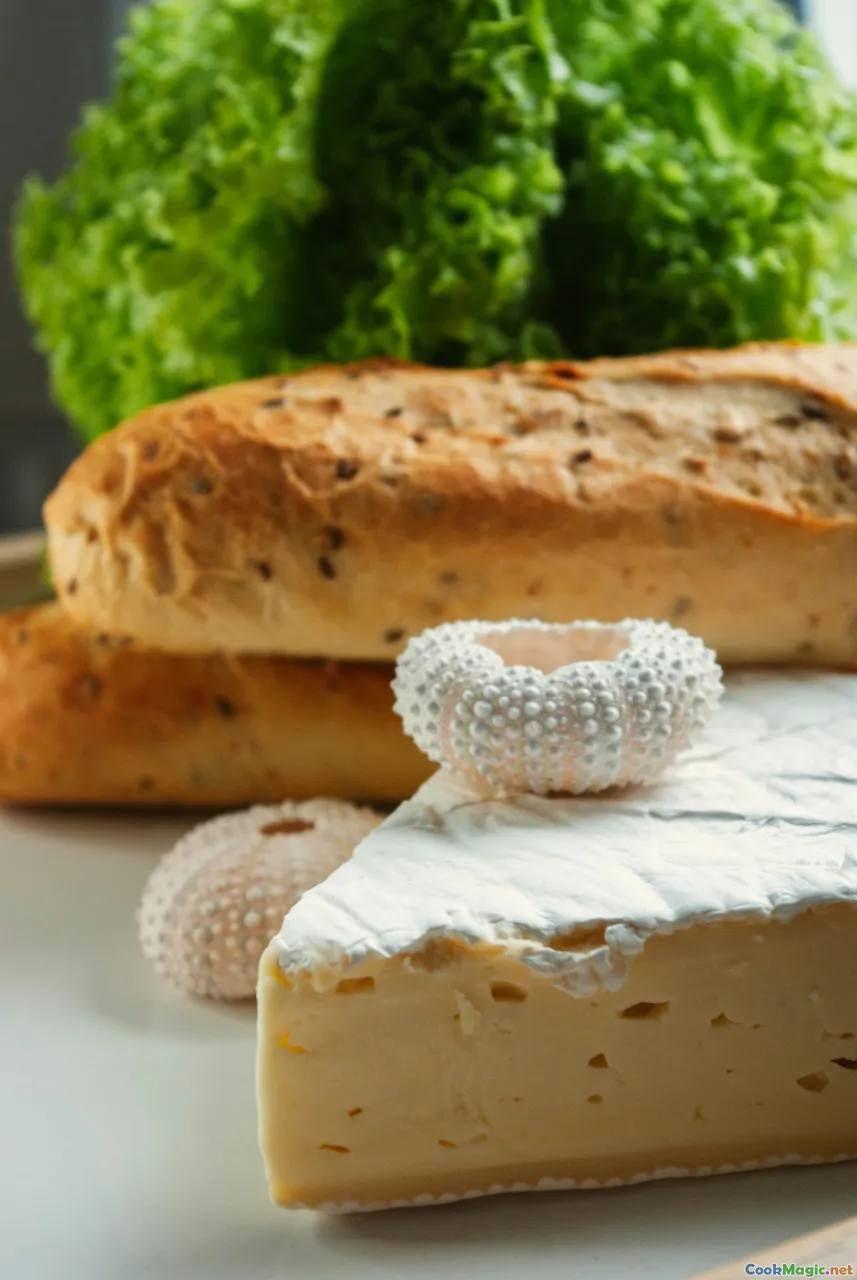
If you step into any traditional Luxembourg kitchen, the smell of churned butter and aging cheese greets you—testament to a longstanding dairy tradition. The country’s lush pastures produce rich milk from hardy cow breeds, such as the Luxembourg Grey.
Luxembourgish recipes often feature clarified buttercalled Beurre Clarifié—used for sautéing vegetables and finishing meats, lending dishes a velvety sheen and luxurious mouthfeel. Creamy cheeses likeKachkéis (a soft, mild goats' cheese) are spread generously on rye bread or melted into gratins.
Personal insight: When preparing Feieruergkeet (festive goose), butter is infused with herbs to baste the meat, creating a crispy skin with a fragrant, buttery richness that embodies indulgence.
Aromatic Herbs and Spices: The Subtle Touches

Luxembourgish cooks favor subtle, aromatic herbs rather than fiery spices. The most common arethyme, bay leaves, and sage, which enhance hearty roasts and stews without overpowering the dish.Chervilandparsley brighten potato salads and as garnish, adding a hint of freshness amid the richness. Their delicate fragrances and verdant colors are as much a feast for the eyes as for the palate.
In traditional recipes like Hueschezorn (a cabbage stew), bay leaves float timidly in simmering broth, releasing their aromatic oils slowly—transforming humble ingredients into layers of aroma woven together with patience and care.
Meat and Cured Delights: The Heart of Festive Flavors
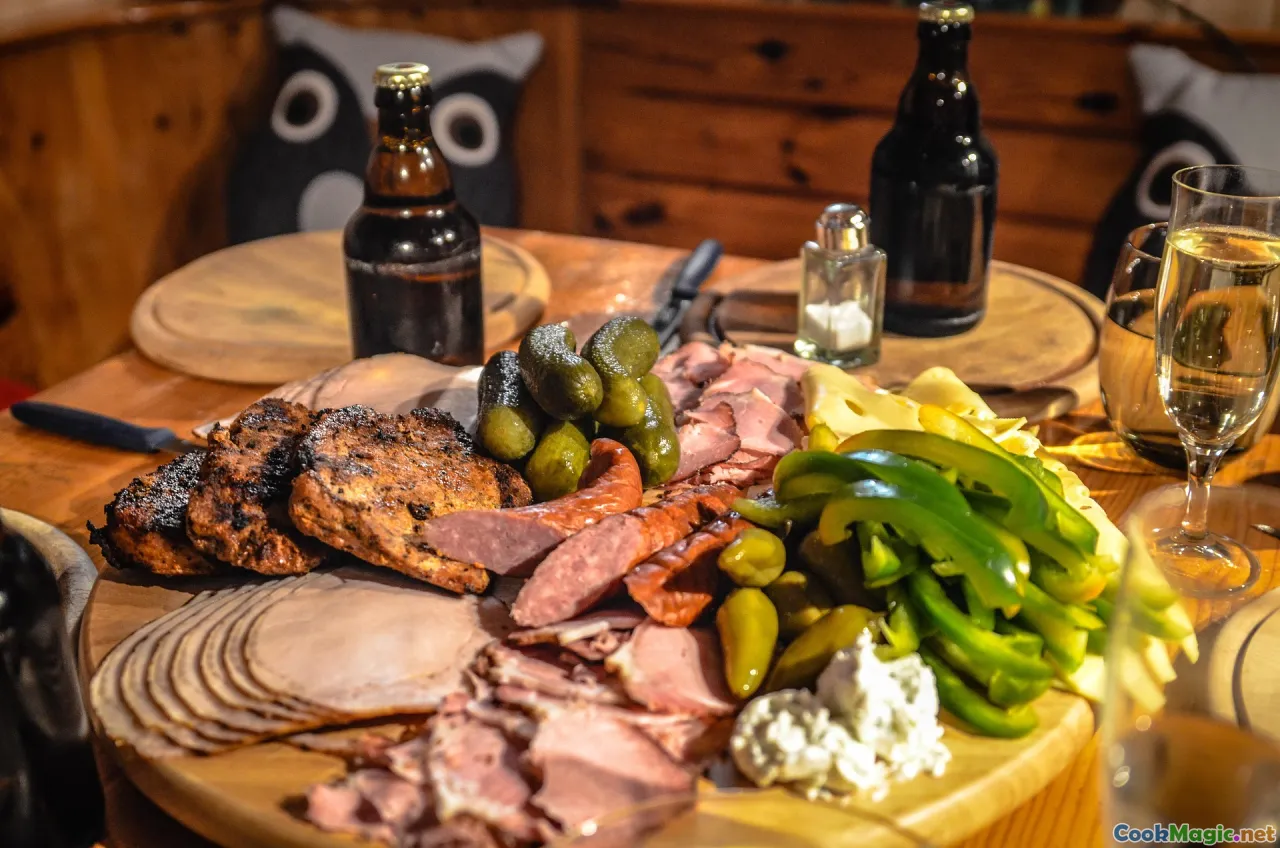
Luxembourg’s rugged terrain and cold climate shaped a tradition of preserving meats—curing, smoking, salting—that results in intensely flavored, melt-in-your-mouth delicacies.
Judd(smoked pork shoulder) with its deep smoky aroma epitomizes Luxembourg’s love for robust, satisfying flavors. Local charcuterie, includingSowische (a smoked sausage), is often served with crusty bread, pickles, and mustard—a simple yet profound celebration of the terroir.
In preparation of Eislekerff, a traditional Christmas dish, pork trotters are simmered with herbs and spices, highlighting the importance of slow-cooked, lovingly preserved ingredients.
Fruits of the Land: Apples, Plums, and Berries
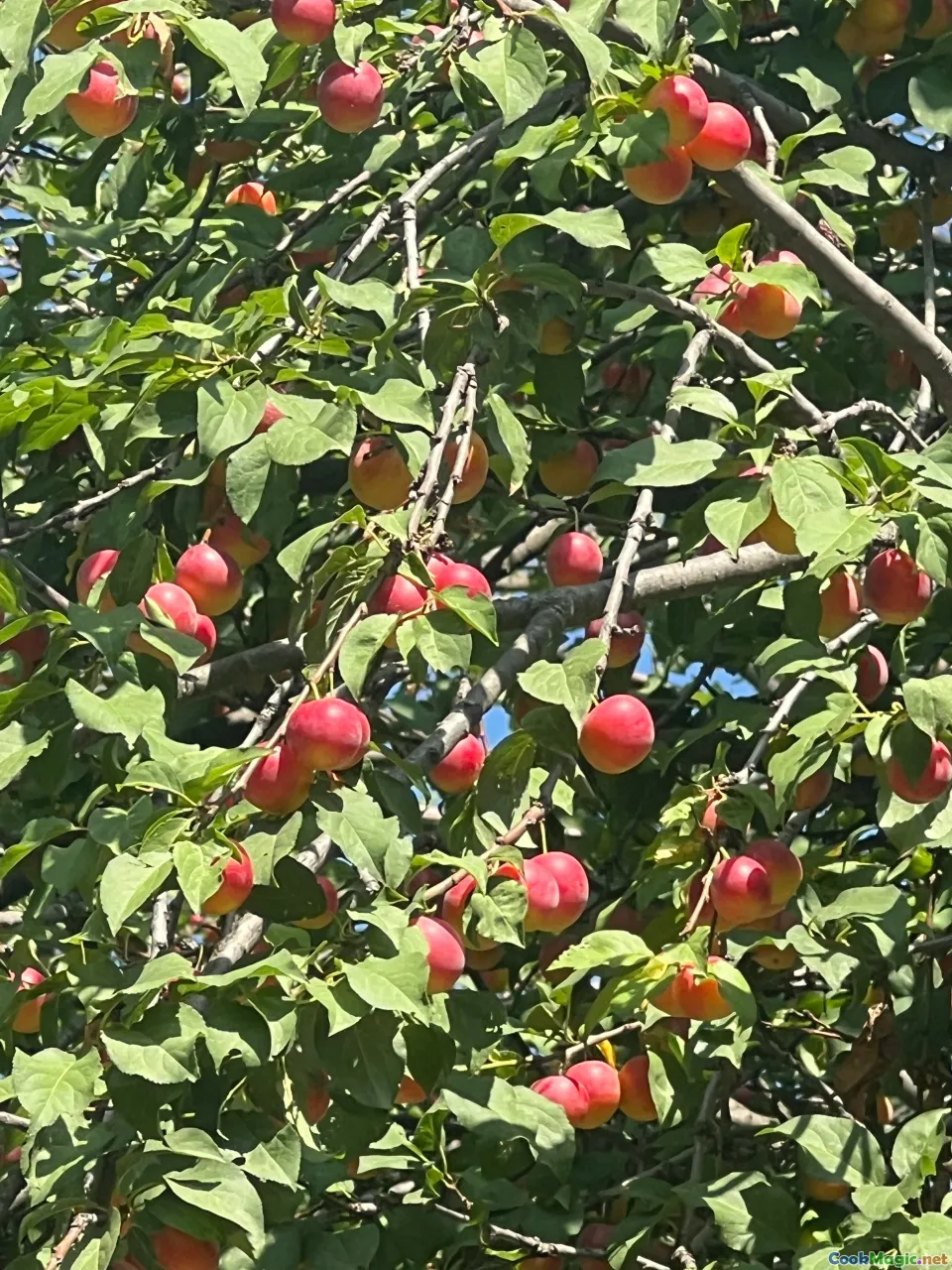
Luxembourg’s orchards and hedgerows yield seasonal bounty—particularly apples, plums, and berries—that add both sweetness and balance to the bold flavors of its cuisine.
Apple-based desserts like Apple Tarte TatinorApelgebäckevoke childhood memories, layered with cinnamon and sugar. Plums are essential in makingPlum Rôtie, a roasted fruit compote served with cream—rich, tangy, and fragrant.
Wild berries, including blackberries and currants, appear in jams, jellies, or as fresh accompaniments to cheeses. Their vibrant colors and tart notes bring a lively contrast to the hearty dishes.
Traditional Liquors and Flavorings: The Spirit of the Land
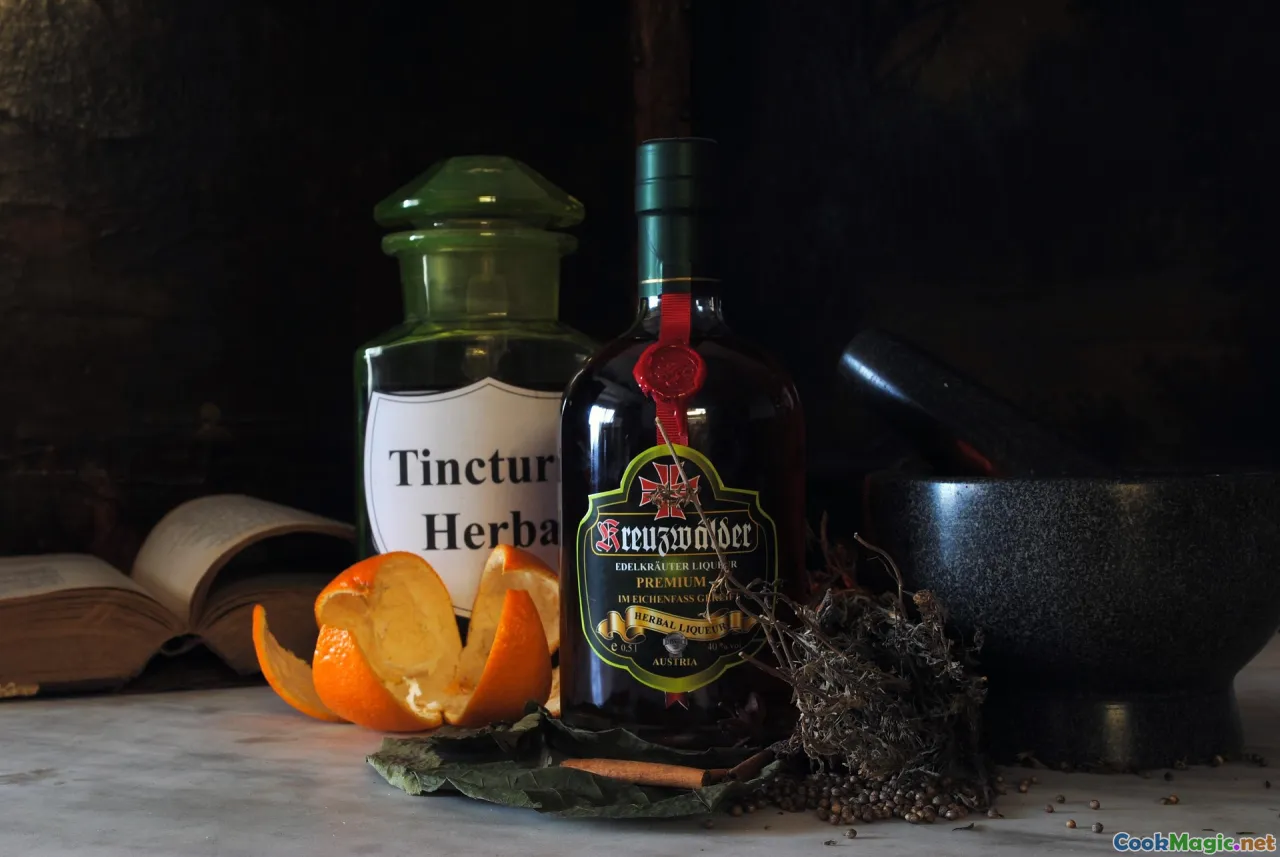
While not an edible ingredient per se, Luxembourg’s spirits infuse the cuisine’s essence. The Gemmees(herbal spirit) adds aromatic depth to dishes and cocktails alike, with a fragrant blend of local herbs.Crémant de Luxembourg, a sparkling wine, is often enjoyed with cheese platters or sweet pastries, adding a celebratory sparkle to family gatherings.
Utilizing these spirits and flavorings elevates simple recipes—pouring a splash of Eau de Vieinto sauces or gleaming glasses ofGromperekichelcher (potato pancakes) with a drizzle of herbal liqueur complement the soulful flavors of Luxembourgish ingredients.
Final thoughts: Cooking with Heart and Horizon
The true essence of Luxembourgish cooking lies not just in the ingredients but also in the reverence for tradition, the respect for seasonal bounty, and the community spirit it fosters. Each key ingredient carries stories—of land, of family, of centuries-old festivals—that merge into the dishes on our table.
Next time you cook or taste Luxembourgish cuisine, remember these ingredients: the earthy potatoes, the lush dairy, the fragrant herbs, the smoky cured meats, and the vibrant seasonal fruits—they are the heartbeat of a nation’s culinary soul. Through them, you connect with centuries of history, hardy resilience, and a vibrant, welcoming culture.
As you explore Luxembourg’s culinary treasures, embrace not just the recipes but also the stories and spirit embodied in each ingredient—bringing a piece of Luxembourg’s heart to your own kitchen.









